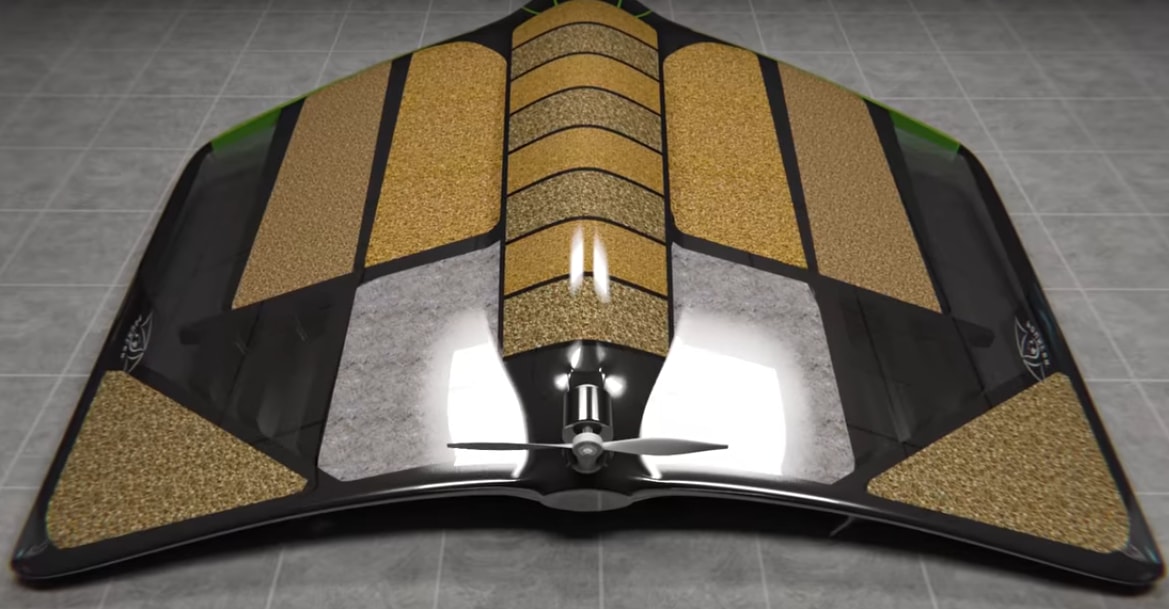This Edible Drone is the Future of Food Aid Delivery


Photo: ZDnet
THIS is the future of food aid delivery technology.
UK-Based Windhorse Aerospace recently presented their new Pouncer drone to Priti Patel, the UK’s Secretary of State for International Development. The self-flying, fast, and reactive drone is designed to carry up to 50 kg of food, fuel and water to cook the food with, and is accurate up to seven meters.

Photo: Windhorse Aerospace
Pouncer drones were designed to provide food aid to areas affected by natural disasters as well as those afflicted by conflict. They can be launched from a distance, travel up to 120 knots (138 mph), and are highly accurate when gliding. This gives aircraft attempting to drop the food up to 35 km (or nearly 22 miles) of distance to drop the goods away from a target site, decreasing the risk the delivery aircraft take on when providing aid.
While the fuselage can carry enough food (that can be changed according to the affected area’s needs), water, and fuel for up to 50 people, the aircraft itself is made up of edible, starch-based thermoplastic that can also be used for shelter or additional cooking fuel.

Photo: Windhorse Aerospace
The 9-foot-drones are autonomous and fly on their own with synchronized GPS technology, meaning multiple can be released at once and delivered accurately to a number of affected areas. A recent interview with BBC radio confirmed that 70 drones could be stored and released in a C-130 aircraft at once – bringing aid to up to 3500 people with a single plane’s delivery.
The drones are also cost-effective, costing just 500 Euros per non-recoverable drone and 5 Euros per kilogram of food provided. However, ZDnet says that the company also aims to make the assembly simple and even cheaper, with the smallest frame aimed to cost under 100 Euros. Regardless, these are cheap, multi-use, and highly revolutionary aid drones that can feed, fuel, and even shelter those missing those basic needs.
These edible drones are in development, but the company plans to demonstrate their release from a C-130 aircraft early next year. We can’t wait to see the results of that demonstration.






















